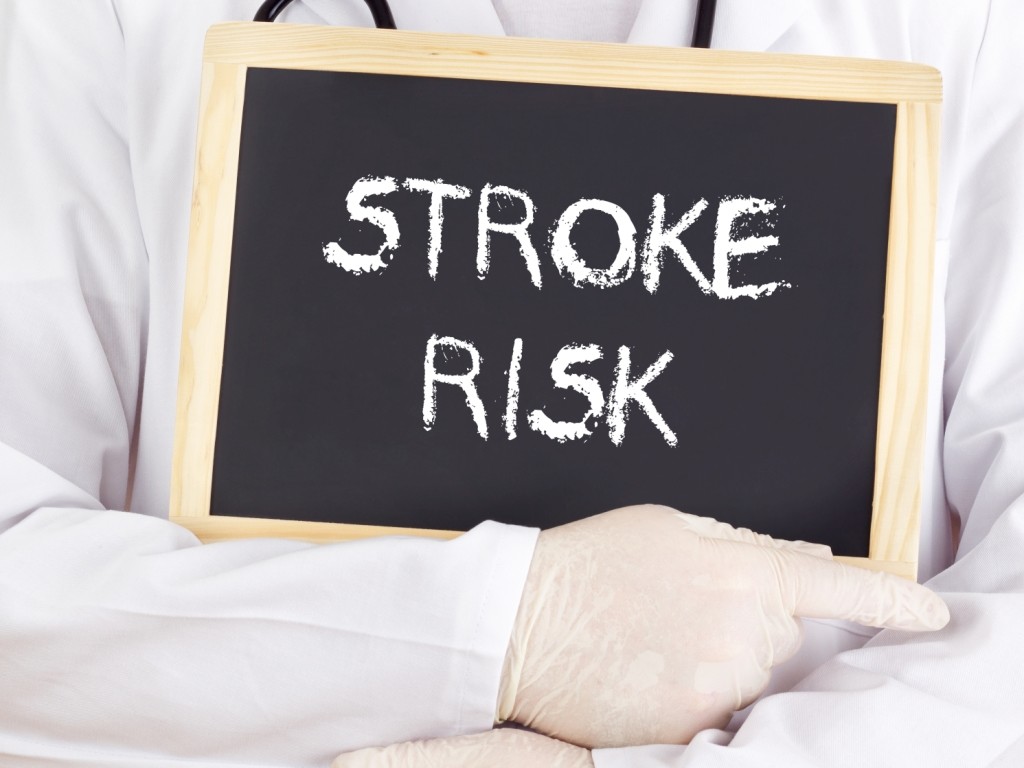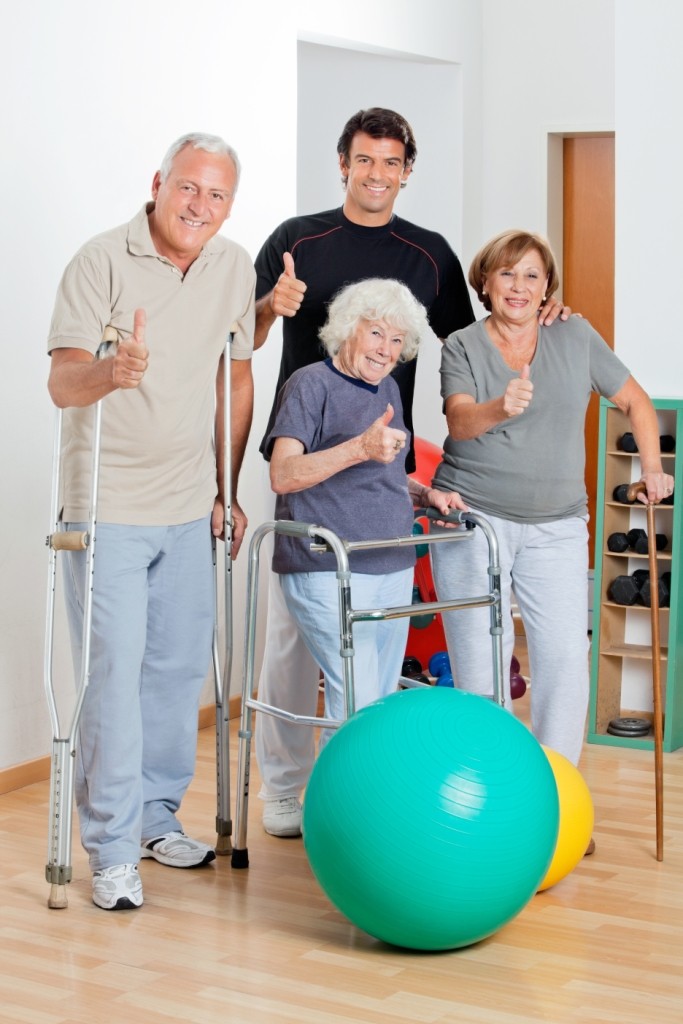Driving
All the persons should stop driving immediately after a stroke at least for one month.
Stroke affects you in multiple ways.
It may affect your judgement, co-ordination, vision, reflexes, and may cause confusion between right and left.
Some of these deficits are not apparently evident.
Your doctor will access your recovery and will give you clearance when seemed fit.
About 30-66% of persons resume driving after a stroke [30].
Nowadays, multiple vehicle adaptations and motoring devices are available that make driving possible and more comfortable.
Sexual activity
People usually experience difficulty in resuming sexual activity after stroke.
It is often due to psychological factors rather than a physical disability.
Talk to your spouse and your doctor about it.
Hobbies and leisure activities
Resuming hobbies is encouraged.
Hobbies take your mind off the situation and help you recover.
There are a lot of options available, from reading and writing to gardening, to continue your hobbies and spend your leisure time in a meaningful way.
The stroke does not have to stop you from doing anything that you love to do.
Stroke Recovery
Stroke causes greater disability than any other disease [31].
Most stroke patients improve within the first weeks after a stroke and the improvement continues for months and years, as our brain has an ability to slowly heal and rewire itself [32].
Still, more than half of the patients are left with some sort of permanent disability [31].
Keen to get started?
Claim now your FREE CONSULTATION by clicking on this link, here.
Stroke Survivors
Every person responds differently to a stroke.
It is estimated that after a stroke:
- 10% (1 out of 10) persons recover completely.
- 25% of people recover with mild disability.
- 40% of people have moderate to severe disability.
- 10% of people need a nursing home or other long-term care facility.
- 15% of people die shortly. [33]
Caregivers
In the UK, approximately 20% of the stroke patients, that is every 1 out of 5, are cared for by family and friends [34].
Caring for a stroke patient may be overwhelming.
If you are a caregiver, you also need to care for yourself and ask for help whenever needed.
About 64% of caregivers find very hard to deal with the stroke of their loved one and 84% of caregivers experience frustration [35].
Acute care
Acute (inpatient) care setting provides the 24-hour medical service in a hospital setting.
The patients with multiple health related issues and with new stroke are managed in this facility.
Doctors belonging to different specialities will be available to manage your condition.
Rehabilitation is started as soon as possible and is actively done daily for several hours.
Long-term care
Long-term care occurs in a nursing facility.
If your loved one has suffered from a severe disability following the stroke or that requires complex medical needs (e.g. ventilator dependent care), a long-term care is needed [36].
It is an on-going process that lasts for months, years, or even the rest of the patient’s life.
A nurse will be available round-the-clock to address the patient’s needs.
The nurse will also keep the family informed and helps them to make decisions.
Outpatient care
Outpatient care occurs with regular visits to a doctor’s office and rehabilitation centers.
These persons have medical issues in control, live in their homes, and undergo rehab two to three times per week.
Home health agencies
These agencies provide rehab services at home as needed.
The stroke persons who live at home but cannot travel for the rehab are suitable candidates for this service.
What is a Stroke rehabilitation program
After a stroke, you may have to modify or relearn your daily activities.
A stroke rehabilitation program helps people with stroke to function at the highest possible level despite physical disabilities, to achieve independence, and improve the quality of life [37].
Your rehabilitation (also called rehab.) will start in the hospital within 48 hours after a stroke.
At the time of discharge, you will be provided a comprehensive plan of care to continue rehabilitation and recovery at home.
Remember, rehabilitation plan is different for every person.
It depends upon your functional impairments and how severe they are.
Rehabilitation program generally includes multiple interventions and an organised well-integrated multidisciplinary team that is often composed of following members [37].
- A neurologist is an expert in brain disorders that include the prevention, treatment, and recovery of stroke.
He or she will follow you for your medical issues, the treatment you have been given, will monitor recovery, and provide a comprehensive plan of care.
- A physical therapist (or an Elite Personal Trainer) teaches and performs exercises that helps in achieving maximum movement, physical mobility, ambulation, and regain of muscle strength.
The elite personal trainer helps with standing, walking, flexibility, endurance, confidence, inspiration to perform costumed movements and exercise, maximising your body coordination through a tailored to your needs personal training programme, and keeping your balance.
- An occupational therapist (OT) helps in relearning the skills to achieve utmost independence in activities of daily living such as bathing, dressing, tying your shoes, and toileting.
- A speech therapist helps the stroke people overcoming their speech and language issues.
A speech therapist is also involved in treating the swallowing problems.
- A rehabilitation nurse co-ordinates the medical support needs of patients with stroke throughout their rehabilitation.
- A psychiatrist helps stroke survivors to deal with the emotional and psychological problems that may have emerged after the stroke.
In the UK, about 35% of stroke patients, that is 1 out of 3, have a mood disorder including depression [38].
- A vocational rehabilitation counsellor evaluates and helps the stroke persons to secure a gainful employment and return to work.
They also work as mediators between employers and employees to provide reasonable accommodations in the workplace.
Keen to get started?
Claim now your FREE CONSULTATION by clicking on this link, here.





